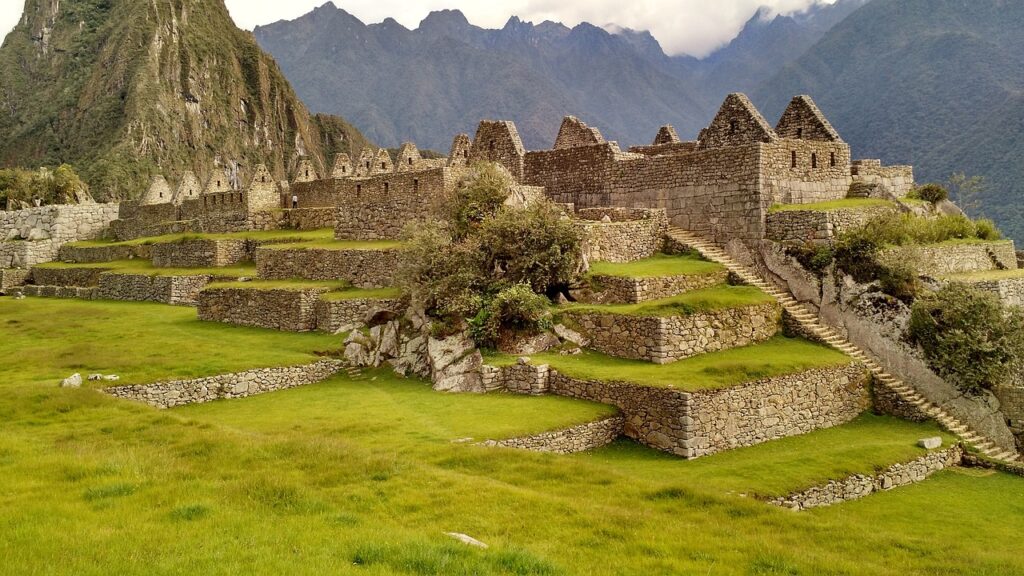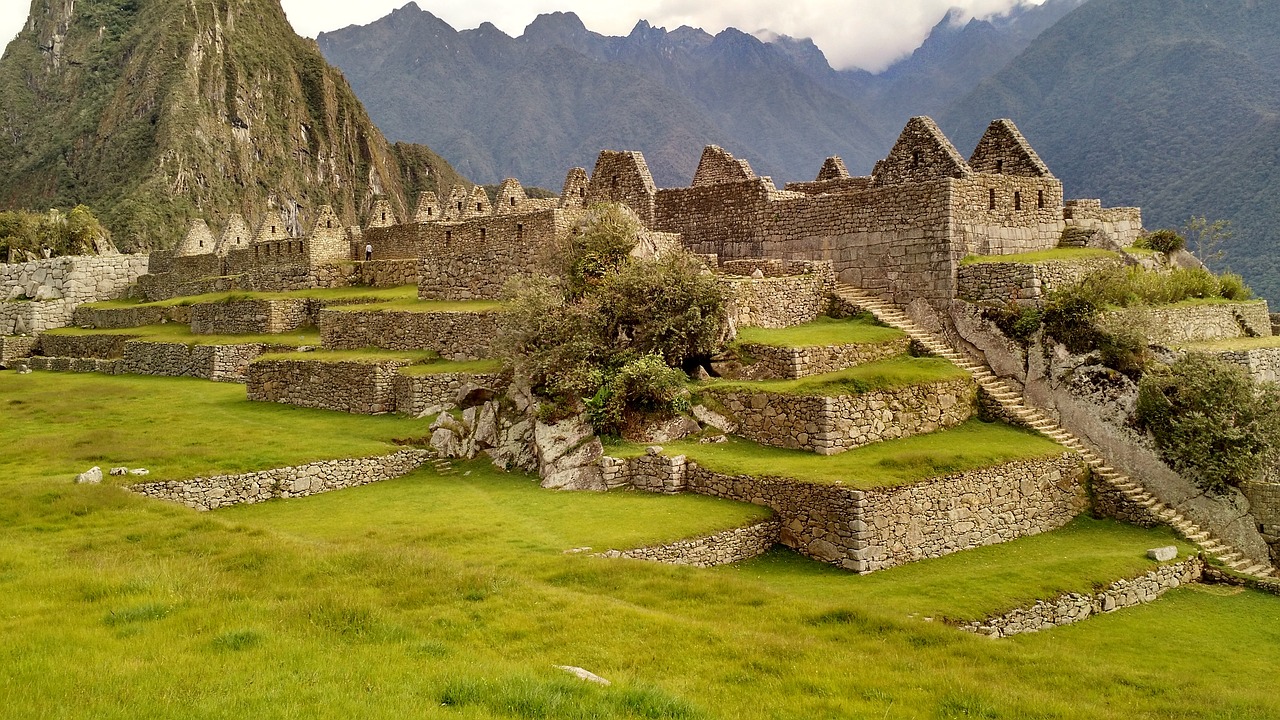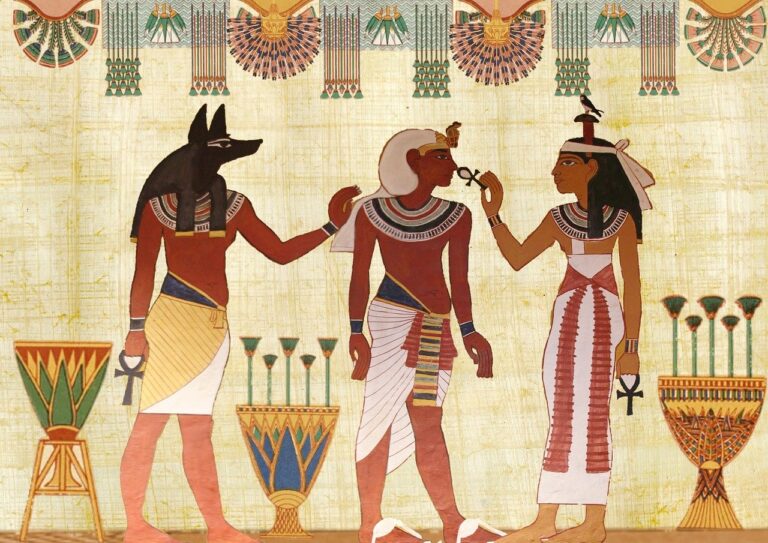Five intriguing facts about Machu Picchu
Machu Picchu, one of the New 7 Wonders of the World, ranks as a premier travel destination in South America. Nestled majestically within the Andes at an altitude of 7,000 feet, it is not only a breathtaking sight but also one of the most mysterious archaeological sites in the world. Constructed at the height of the Inca Empire’s power, the site showcases their remarkable skill in stone masonry. Though much remains unknown about its original purpose, this 15th-century UNESCO World Heritage site can be reached by either the scenic train ride or the adventurous Inca Trail hike.

Here are five intriguing facts about Machu Picchu:
1. The real name of Machu Picchu remains a mystery, and it was never truly lost.
In 1911, American explorer Hiram Bingham made the site famous after being guided by a local farmer named Melchor Arteaga. While Bingham referred to it as Machu Picchu, which means “old mountain” in the local language, this name actually refers to the mountain in front of the ruins, not the citadel itself. The peak behind the citadel is Huayna Picchu, or “young mountain.” Despite various theories, the Inca’s true name for the city is still unknown. Furthermore, Machu Picchu wasn’t entirely “lost,” as locals were well aware of its existence before Bingham arrived.
2. The site is 75% original and remarkably well-preserved.
Thanks to its remote location, the Spanish conquistadors never found and destroyed Machu Picchu, sparing it from the fate of many other Inca sites. Hiram Bingham’s team uncovered the ruins buried under thick vegetation, and though parts of the site have undergone restoration, about 75% remains intact. Interestingly, only 40% of the ruins are visible to visitors today, with the rest still covered by the forest. Preservation efforts include a no-fly zone and limiting daily visitors to 2,500, ensuring the site remains sustainable for future generations.
3. Machu Picchu sits deep within a lush jungle environment.
Perched in Peru’s high jungle, Machu Picchu is surrounded by vibrant flora and fauna, including over 300 species of orchids. The area is also home to a variety of wildlife, such as llamas, which roam the ruins, and the rare Andean bear, the only bear species native to South America. Visitors hiking the Inca Trail can immerse themselves in the region’s biodiversity, traversing through mountain passes, valleys, and unique microclimates. For those preferring a simpler journey, a train to Aguas Calientes followed by a short bus ride offers easy access to the site.
4. The Incas’ stonework was done without mortar.
Machu Picchu showcases the Incas’ advanced stone construction techniques. One of their most impressive methods, called ashlar, involved perfectly polishing and shaping large stones to fit seamlessly together without the use of mortar or clay. This intricate technique made the structures earthquake-resistant, as the stones could shift and settle without the walls collapsing. The Incas carefully avoided building directly over tectonic fault lines, demonstrating their awareness of the site’s geological challenges.
5. It was used as an astronomical observatory.
The Incas had an advanced understanding of astronomy. At Machu Picchu, during the equinoxes, the sacred Intihuatana stone casts no shadow as the sun sits directly overhead. On June 21, during the winter solstice, the first rays of sunlight align perfectly through a window in the Temple of the Sun, illuminating a ceremonial stone within. This celestial alignment reflects the Incas’ deep connection to the cosmos.







